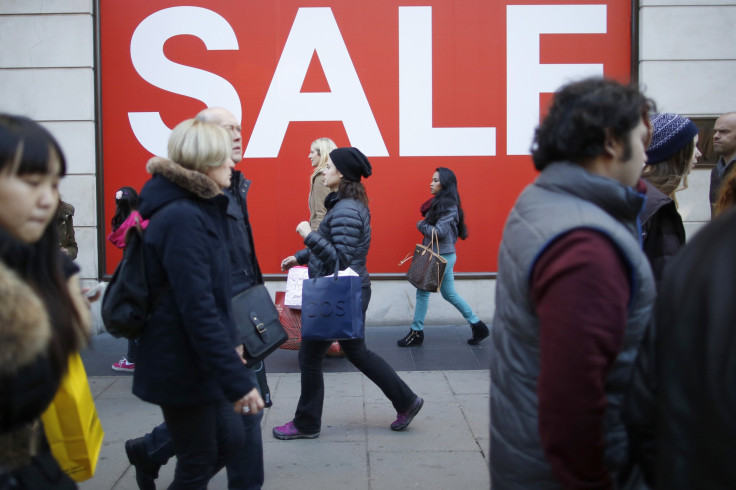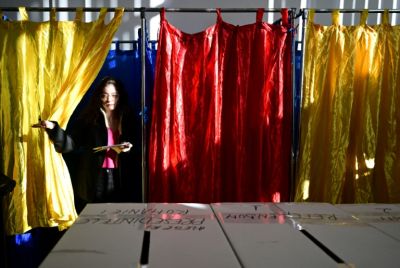5 Reasons Why The US Economy Is Still Struggling

The U.S. Bureau of Labor Statistics released new job numbers on Friday, showing that the U.S. economy added 217,000 jobs in May, a robust figure. But as the nation prepares to enter the bustle of the summer months, the nation’s economy continues to move at a slow pace.
1. This Year’s Extremely Cold Winter
The frigid temperatures experienced across the nation this winter lead to an increase in the cost it took consumers to keep their homes warm, says MarketWatch. Propane prices increased by over 50 percent, while natural gas prices went up 10 percent. Consumers shelled out more money for heating and electricity, leaving less for social activities, eating out and clothing.
2. The Job Market Continues To Struggle
Some improvements have been seen in the nation’s job market, but the labor participation rate remains at a 36-year low.
3. Food Prices Are Increasing
The cost of growing crops and food shortages caused by the extreme weather have led to a large increase in food pricees. Fruits, vegetables and meat have all increased, following a decline during the larger part of 2013, says USA Today. The unusually cold weather, a virus that affected hog populations and drought all led to the jump in wholesale prices for food, an increase in costs that was passed to consumers.
4. Sales Were Lost Due To The Weather
The winter weather also left many consumers tucked away in their homes as they waited out the deep freeze. They may have purchased cold-weather necessities, but trips to their favorite mall or stores were put on hold or avoided altogether in the wake of the season’s crippling ice and snow storms.
5. Consumers Aren’t Happy
This winter also led to a major drop in the mood of consumers. It wasn’t just the cold temps that caused people to be down, though. Dissatisfaction with jobs has left many across the nation downcast, resulting in many of these individuals being unenthused about spending on social and leisure activities.
© Copyright IBTimes 2024. All rights reserved.






















